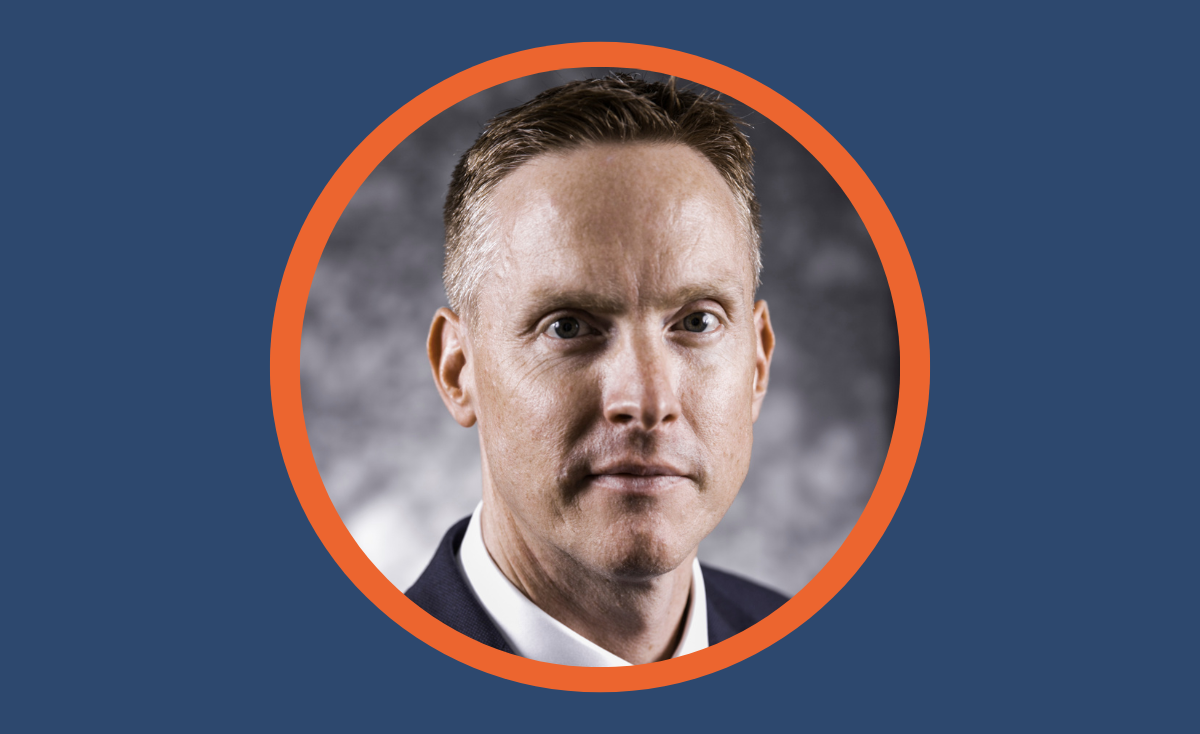
Ed Palmer: Our main areas of interest are corporate private placements, infrastructure and real estate.
In terms of the challenges, one issue is the ability to get cash into the market. If you set aside something in your strategic asset allocation for private credit but then for whatever reason don’t manage to fill it, what is your back-up plan going to be?
"One issue is the ability to get cash into the market."
This is certainly a live issue for investors and there are constraints such as competition in the market, a finite pool of assets and difficulty in identifying all the characteristics that you might be looking for as an insurer.
And, with growing competition there is some erosion of the illiquidity premium, credit protection etc. that perhaps, we as investors have become used to over time.
Ed: We manage this in-house. But one theme is the need for the asset manager to listen to what the insurance company is trying to achieve and to understand in detail what their objectives are at a granular level.
There will always be an information gap between the asset manager and the insurance company because the insurance company can see the whole picture, but the asset manager only sees part of the picture.
"One theme is the need for the asset manager to listen to what the
insurance company is trying to achieve."
To the extent that information can be shared, this information gap can be bridged, which can help to align those interests and deliver a better product.
Ed: There are certainly some issues with certain parts of the regulations.
To achieve some of the regulatory constructs like matching adjustment, qualifying infrastructure etc. it can be difficult to identify assets that have these precise characteristics.
To the extent that these become more flexible, there could be greater uptake in this area.
"There are certainly some issues with certain parts of the regulations."
With the increased allocations in this space, prudency could potentially put a brake at some point on the growth.
This point might be reached as insurers reach a prudent level, and this will differ for everyone as each insurer will need to look at their specific situation.
It is not restricting uptake today and probably won’t do for some time but as regulators take a greater interest in what is going on in the market over time this will likely have a greater impact.
Ed: It does depend on what your starting point is and there are quite a few things to consider.
With public markets there is the risk of material credit migration and the potential impact that this could have on capital.
Private assets will react in this environment. But there is certainly a time lag and historically they have performed much better in a sell-off than public market assets.
"There is the risk of material credit migration."
Therefore when thinking about what the right proportion of liquidity is to maintain in a portfolio, it is important to think about a diverse asset allocation and having this prudent level of liquidity.
Otherwise you could become a forced seller of assets in a market that is unfavourable to you.
In maintaining a diverse asset allocation, every asset will have its place, but it will depend on the individual circumstances.
The private market has become quite broad and there is a wide range of assets. I am thinking mostly of investment grade and not the high-yield part of the market.
"What is going on in the public market day-to-day shouldn’t really concern you too much."
If you use constructs such as matching adjustment and you are running a buy and hold or buy and maintain portfolio, then to some extent your objective is to really insulate yourself against that market volatility.
As you have a liability and matching asset, what is going on in the public market day-to-day shouldn’t really concern you too much.
It depends on your focus and objectives and the discussion here shows that there are issues under the broad umbrella of private markets.